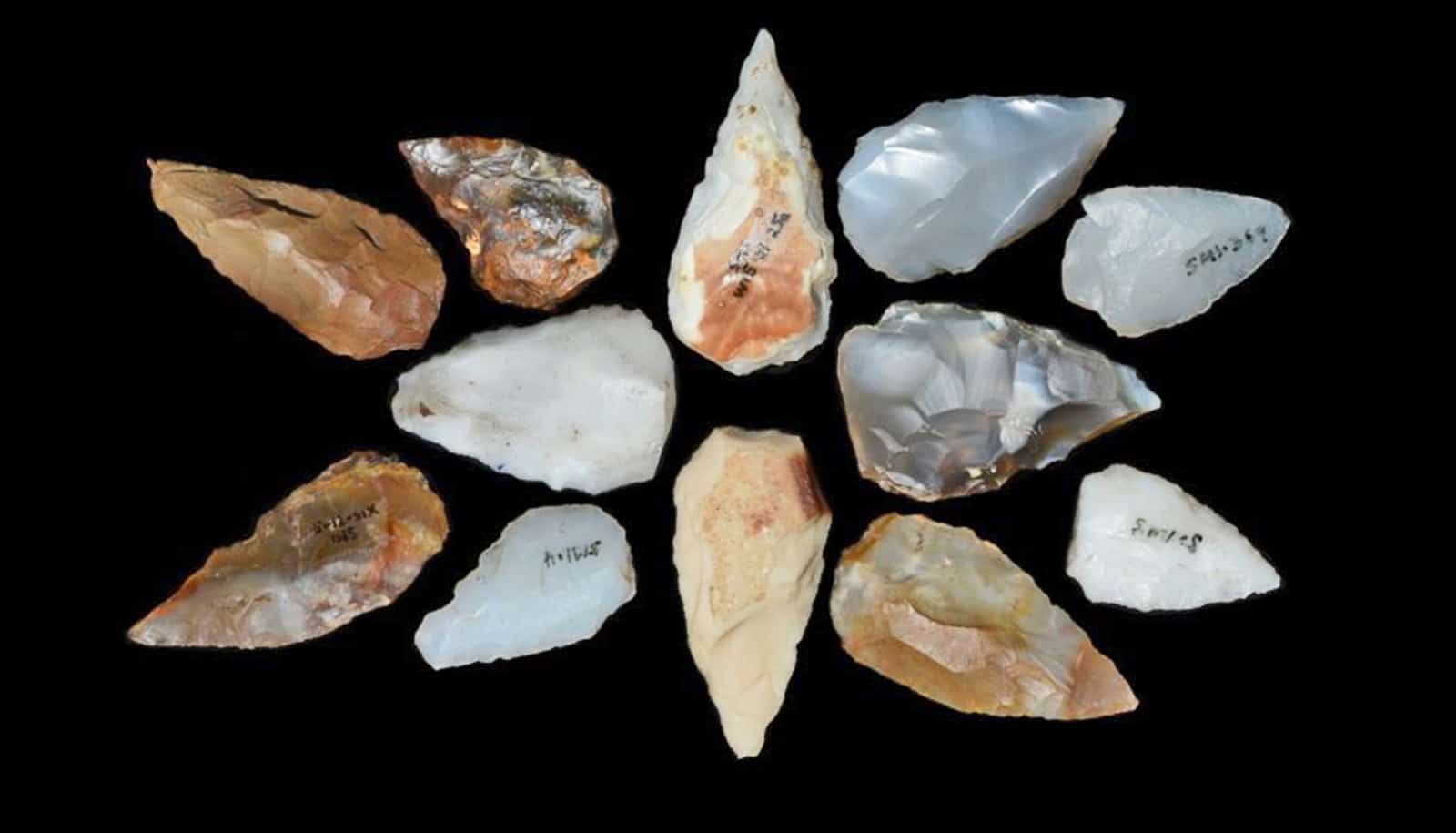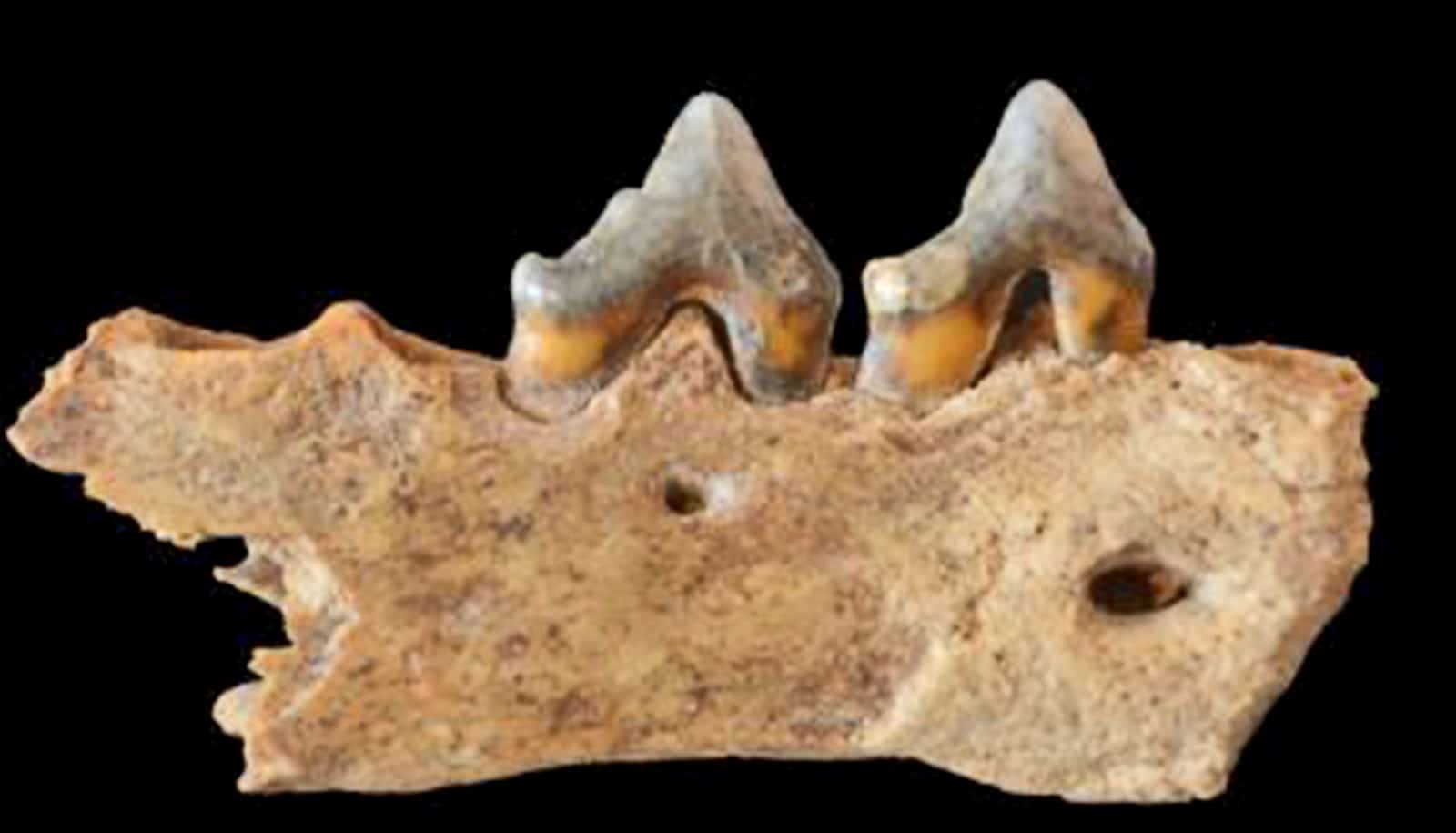Humans migrated out of Africa as the climate shifted from wet to very dry about 60,000 years ago.
Genetic research indicates people migrated from Africa into Eurasia between 55,000 and 70,000 years ago. Previous studies have suggested the climate must have been wetter than it is now for people to migrate to Eurasia by crossing the Horn of Africa and the Middle East.
“There’s always been a question about whether climate change had any influence on when our species left Africa,” says Jessica Tierney, associate professor of geosciences at the University of Arizona. “Our data suggest that when most of our species left Africa, it was dry and not wet in northeast Africa.”
Green Sahara
Around 70,000 years ago, climate in the Horn of Africa shifted from a wet phase called “Green Sahara” to even drier than the region is now. The region also became colder.
Researchers traced the Horn of Africa’s climate 200,000 years into the past by analyzing a core of ocean sediment taken in the western end of the Gulf of Aden. Before this research there was no record of the climate of northeast Africa back to the time of human migration out of Africa, Tierney says.
“Our data say the migration comes after a big environmental change. Perhaps people left because the environment was deteriorating. There was a big shift to dry and that could have been a motivating force for migration. It’s interesting to think about how our ancestors interacted with climate.”
Researchers had successfully revealed the Horn of Africa’s climate back to 40,000 years ago by studying cores of marine sediment and hoped to use the same means to reconstruct the region’s climate back to the time 55,000 to 70,000 years ago when our ancestors left Africa.
The first challenge was finding a core from that region with sediments that old. They enlisted the help of Peter deMenocal, a curator at the Lamont-Doherty Core Repository, which has sediment cores from every major ocean and sea. The curators found a core collected off the Horn of Africa in 1965 from the R/V Robert D. Conrad that might be suitable.
Coauthor deMenocal studied and dated the layers of the 1965 core and found it had sediments going back as far as 200,000 years.
Tierney and colleague Paul Zander then teased out temperature and rainfall records from the organic matter preserved in the sediment layers. The scientists took samples from the core about every four inches (10 cm), a distance that represented about every 1,600 years.
To construct a long-term temperature record for the Horn of Africa, researchers analyzed the sediment layers for chemicals called alkenones made by a particular kind of marine algae. The algae change the composition of the alkenones depending on the water temperature. The ratio of the different alkenones indicates the sea surface temperature when the algae were alive and also reflects regional temperatures, Tierney says.
To figure out the region’s ancient rainfall patterns from the sediment core, researchers analyzed the ancient leaf wax that had blown into the ocean from terrestrial plants. Because plants alter the chemical composition of the wax on their leaves depending on how dry or wet the climate is, the leaf wax from the sediment core’s layers provides a record of past fluctuations in rainfall.
How thirsty early humans might have left Africa
The analyses showed that the time people migrated out of Africa coincided with a big shift to a much drier and colder climate.
The team’s findings are corroborated by research from other investigators who reconstructed past regional climate by using data gathered from a cave formation in Israel and a sediment core from the eastern Mediterranean. Those findings suggest that it was dry everywhere in northeast Africa, Tierney says.
“Our main point is kind of simple. We think it was dry when people left Africa and went on to other parts of the world, and that the transition from a Green Sahara to dry was a motivating force for people to leave.”
The National Science Foundation and the David and Lucile Packard Foundation funded the research that appears in Geology.
Source: University of Arizona



